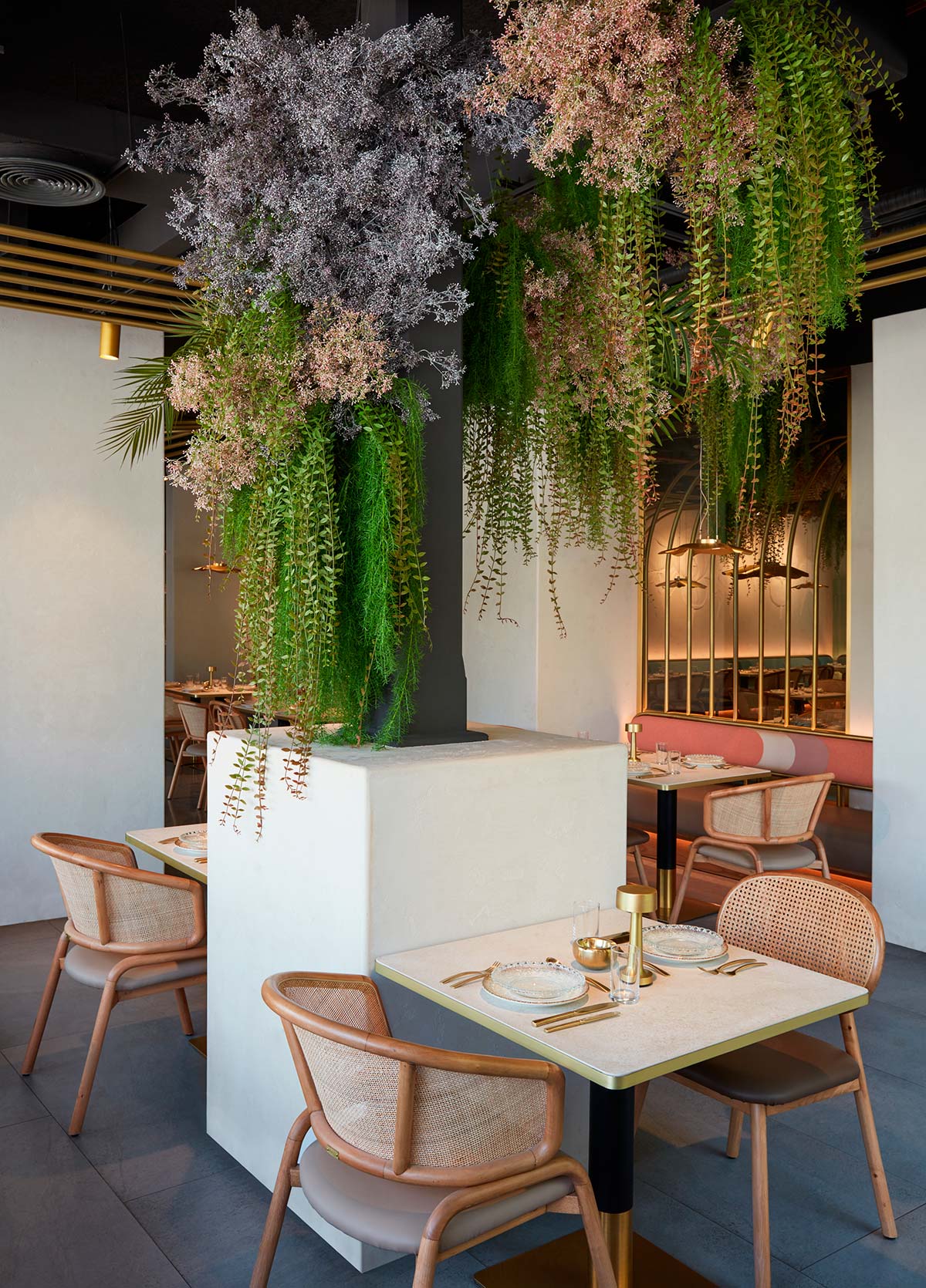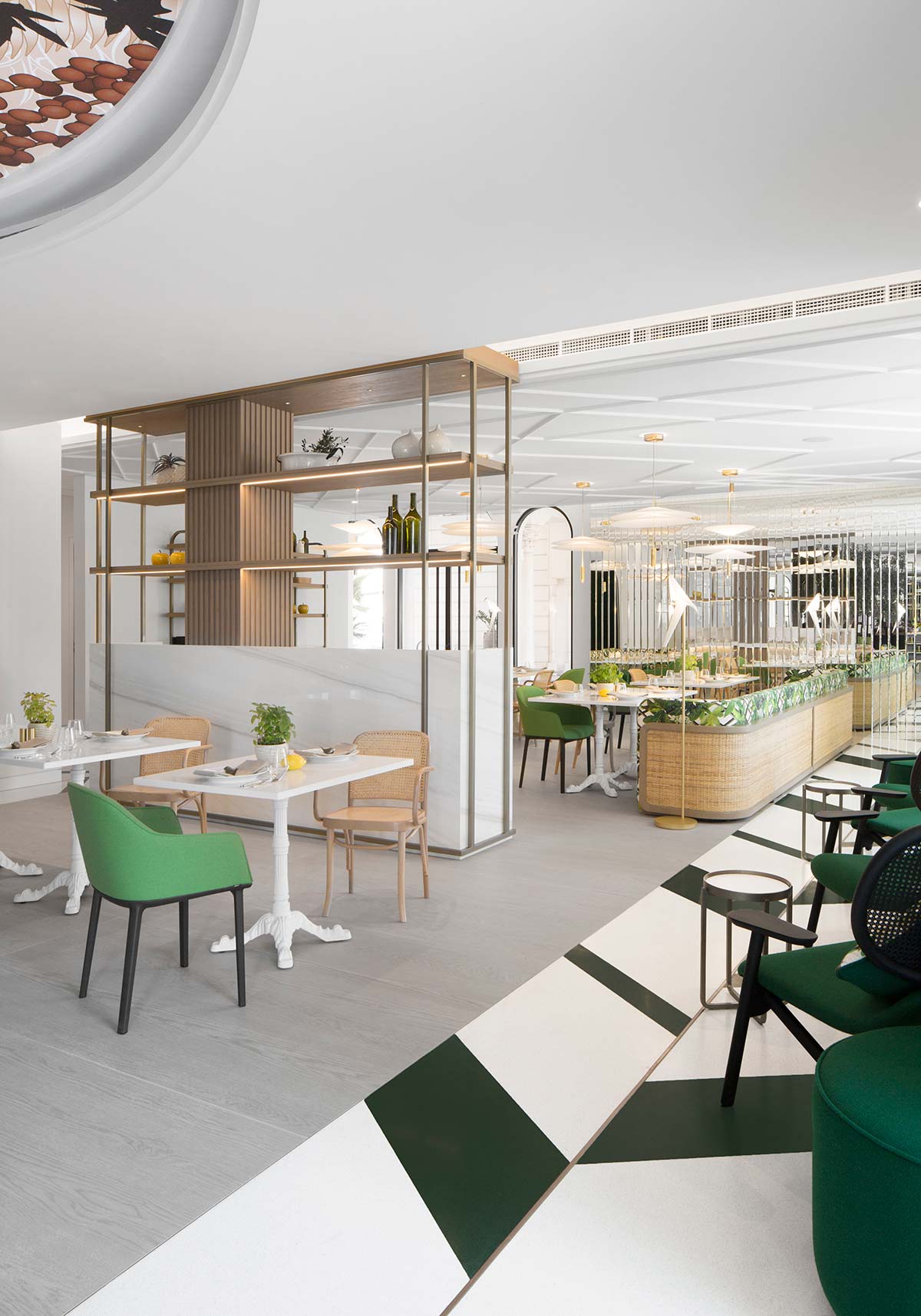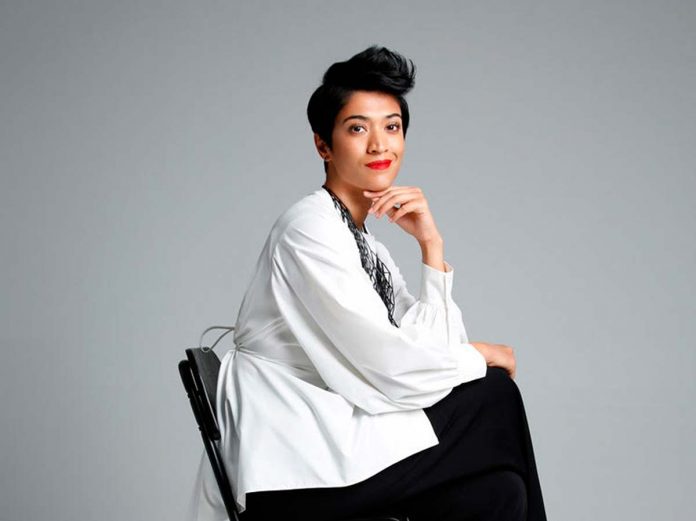The return to the “new normal” puts the world of design in front of many questions. For example, how will the way of designing and furnishing restaurants change? The designer Pallavi Dean identifies 9 trends, the result of a collaborative investigation with the participation of 9 experts and 170 other professionals consulted online.
The report underlines the importance of creativity in restaurants projects and interiors, with original, immersive, escapist design: “Yes, but it is a trend that started way before Covid-19. If a client is going to the expense of hiring an interior design firm for a restaurant, they demand those extra layers: storytelling, Instagrammable moments, theatrical cooking, immersive experiences and so on.

There will simply be more pressure on the owners to make their restaurants stand out and that’s where designers can help”, says the designer. “To be honest, bringing creativity to restaurant design is something we very much enjoy at Roar. But we also have to be wary of designing too many gimmicks: timeless elegance and simplicity will always have a place. On a slightly more prosaic level, interior designers have always had to work within a specific budget and take into account the economic restraints and business objectives of a project, and that pressure will be ramped up”. Less budget means more focused projects: “As well as being asked “what kind of flooring should we have?”, we are now being asked “how much revenue per square foot can we generate with different floor layouts?”.
“This is a global crisis, we need to be realistic about the next 12-18 months, projects will be put on hold and owners and operators will be hesitant to spend their capital on refurbishments and new design”. From now, the main challenge for designers “is going to be creating confidence for the owners to invest in their interiors. How do we do that? By giving them real impact within constraints”.
The reports investigates how layouts and spaces will change: according to the survey, the restrictive measures will be severe in the short term, but then they will disappear, and, for 42 percent of respondents, they will return to normal at the beginning of 2021.

“You need to separate the short-term from the long-term changes, because they are two very different stories”, says Pallavi Dean. “The short-term changes are more drastic, they involve weighty measures like removing tables and PPE for staff. Of course, as designers we can play with the spacing in clever ways, with creative graphics, imaginative buffering and so on. However social distancing in restaurants is not sustainable: it is grim economics for the owner and a grim experience for the customer and the staff. In the long-term, spacing will go back to 2019’s standards and waiters will remove their masks and gloves. The most significant long-term change will be what we call “contact light” dining, not fully contactless but with a much reduced contact, using digital menus and contactless payment. Some of the biggest investment will need to be in restrooms, where designers are going to have to really think hard about creating a “touchless” experience. If I could point to one enduring change in dining room design, it may be an end to the restaurants that cram you in like sardines, some of the most expensive restaurants in Dubai have been guilty of this! They don’t really have the choice if they want to be profitable as the rents are so high. Going forward, landlords will have to be a lot more flexible with rents. Ultimately, tedious practical factors like economics and operational efficiency will drive a lot of the design decisions in restaurants”.







